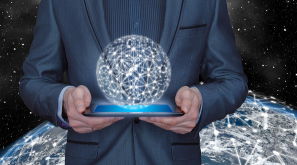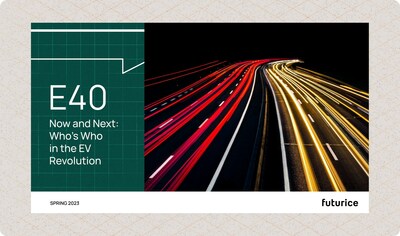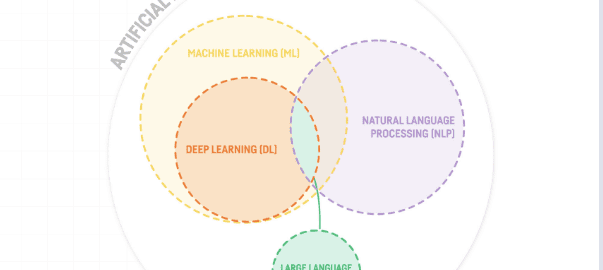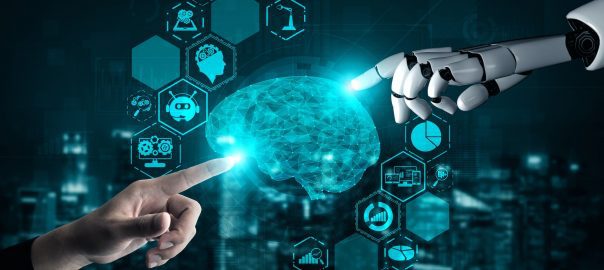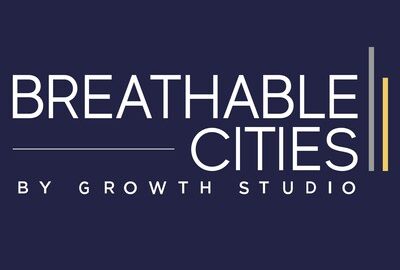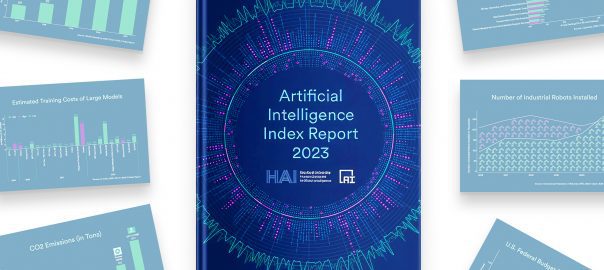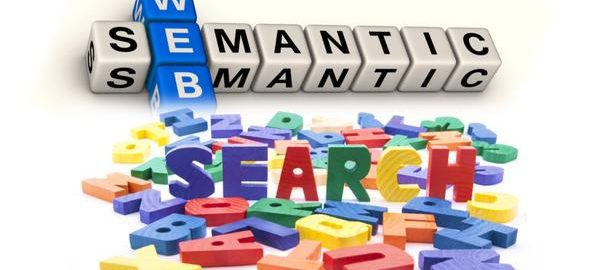Web 3 is the third generation of the internet, built on top of blockchain technology. It is a decentralized web that is owned and controlled by its users, rather than by large corporations. Web 3 is still under development, but it has the potential to revolutionize the way we interact with the internet.
Blockchain is a distributed ledger technology that allows for secure, transparent, and tamper-proof transactions. It is the underlying technology that powers cryptocurrencies like Bitcoin and Ethereum, but it can be used for a variety of other applications as well.
Web 3 and blockchain are closely related. Blockchain is the technology that makes Web 3 possible, and Web 3 is the application of blockchain technology to the internet.
Here are some of the benefits of Web 3 and blockchain: Continue reading

